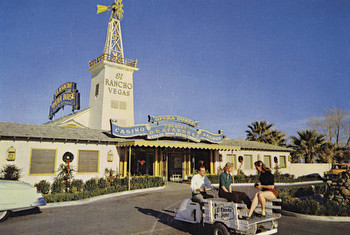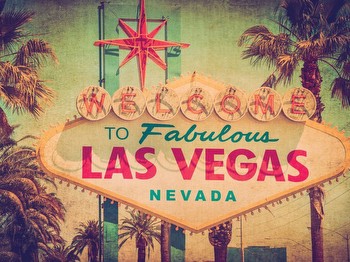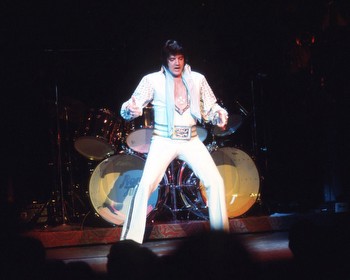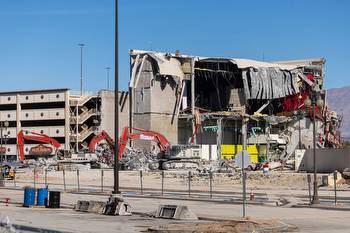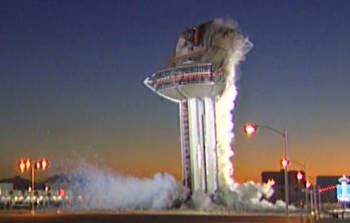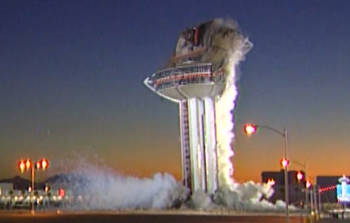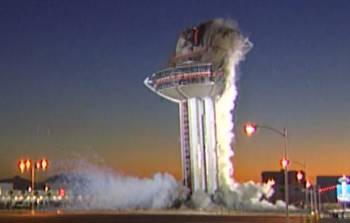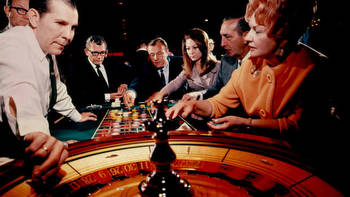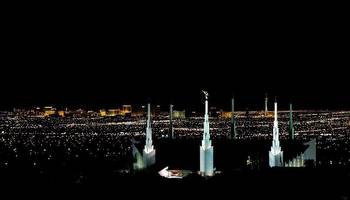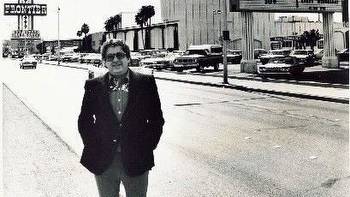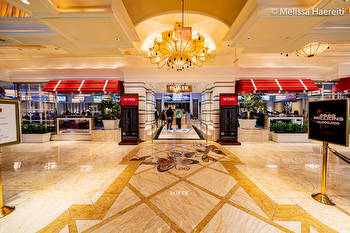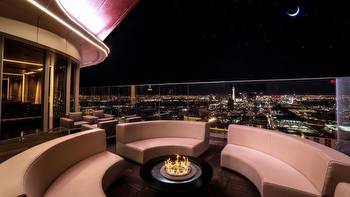A Short History of Las Vegas
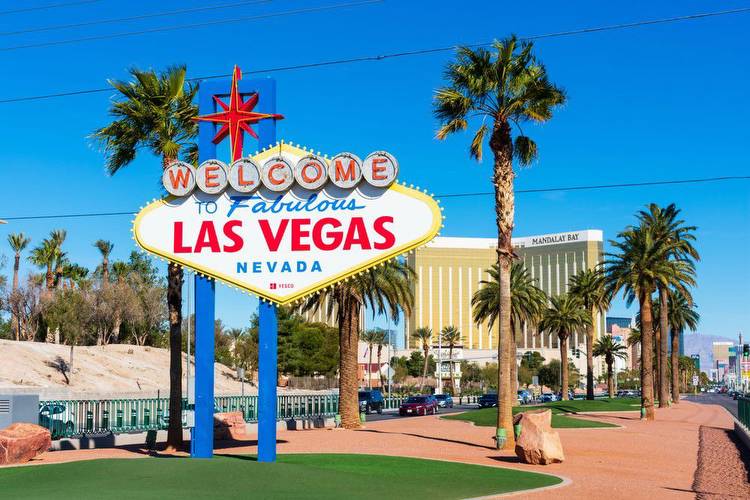
Few cities capture the imagination like Las Vegas. Las Las Verena is a black hole of earthly delights, abandon, and pleasure.
The first inhabitants of Las Vegas arrived more than 10,000 years ago. The Paiute tribe spent its winters in the valley.
A 60-man party explored the Las Vegas Springs in 1829. The name Las Las Veges comes from the Spanish word for the valley. It was Mexican territory until 1844. Mormons briefly settled the area in 1850. In 1902, the railroad arrived and the settlers made it their home.
The city of Las Vegas was incorporated in 1911. The population would double again by 1920. Work began on the Hoover Dam in 1931. In 1941, the western-style El Rancho Vegas hotel and casino opened. Paul Newman married Joanne Woodward at the hotel. Shirley Bassey made her American stage debut there.
The mob took over Las Vegas' most popular casinos in the 1950s. By 1955, 8 million people were visiting Sin City every year, generating casino revenues in excess of $200 million. Elvis performed his first show at the New Frontier Hotel in 1956.
Howard Hughes spent $300 million in Las Vegas in the late 1960s. He bought several hotels and casinos. Nevada Gaming Commission wanted to remove mafia influence and corruption from Las Las.
In 1973, the MGM Grand Hotel and Casino opened. In 1989, Steve Wynn opened the Mirage. The next decade, Rio, Excalibur, Luxor, Stratosphere Tower, New York-New York, Bellagio, Mandalay Bay, and Venetian were opened as well. Today, there are more than 70 major Las Vegas hotels owned by a handful of big players.
Modern Las Vegas is a mass tourist destination. Six of the world's largest hotels are located here. Gambling is still the city's raison d'être. The Vegas megaresorts are a testament to both competition and capitalism.








